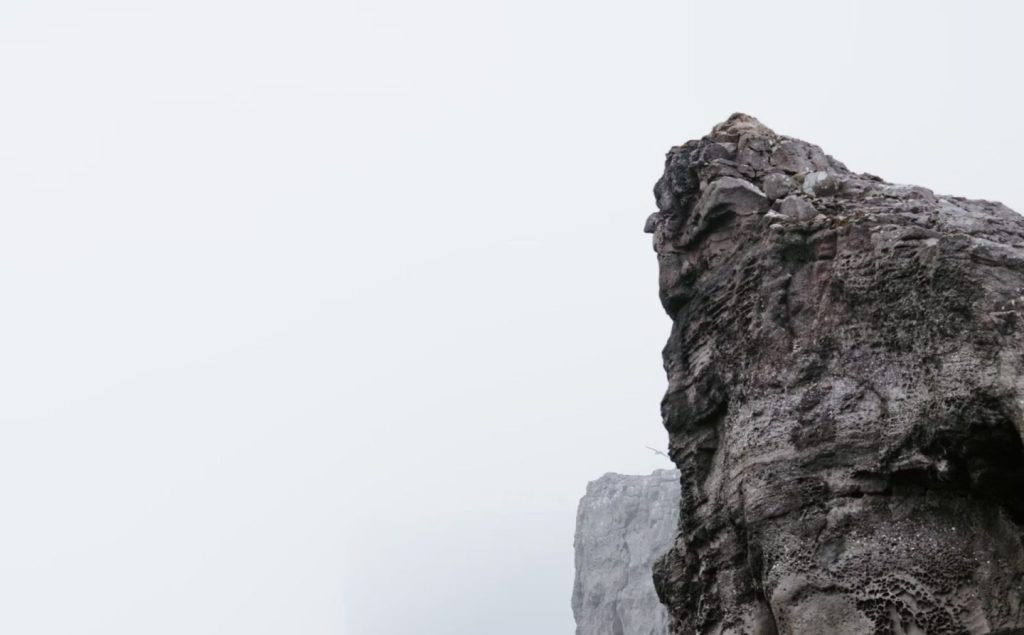Tuesday
Community ArticlesBuddhism on Fear: How to Practice Meditation for Fear and Anxiety
An Excerpt from the Shambhala Blog
by Kathleen Walls
Much of the suffering in our lives is rooted in fear. Fortunately, Buddhism and meditation offer excellent supports for working with fear—and with anxiety, the worry about uncertain threats that many of us carry in contemporary life.
Fear is pervasive, especially in this world of polarization, aggression, and lack of available resources. Fear is also inevitable. It is a natural part of being a human. How we relate to the feelings that accompany fear will determine how distressed we are when it arises.
Fear is a natural part of being human. How we relate to fear determines how distressed we are when it arises.
Let’s take a closer look at fear and anxiety, specifically examining what they are, how they impact us, and how Buddhism and meditation can help guide us in working with these difficult emotions.
Buddhism on Fear: What is Fear?
Fear is part of every human being’s standard operating system. It is protective in nature, using prediction to help us stay safe and survive. We are equipped with the internal mechanisms of fear as a means of alerting us to danger.
Fear is a means of alerting us to danger.
Fear arises as information is transmitted to us through our senses, for example hearing footsteps behind us, or seeing something on the ground that resembles a snake. The presence of a threat triggers a response in the brain, a call to action, inviting us to protect ourselves. Often we respond automatically, without thinking. This is the threat response.
We might become aware of our system’s threat response through physiological cues (goosebumps, changes in breathing). When the threat response is activated, we may get a dose of adrenaline and cortisol and the system is poised to fight, flee or freeze.
So far, though, what we are experiencing is merely information. Our system is letting us know that a threat may be present.
“The presence of fear means only that fear is present, and nothing more.” —Suzanne Segal
But our threat response itself is not fear. Fear requires conceptual mind. When we notice the physiological harbingers of threat, such as increased heart rate, we might check our surroundings to make sure the threat is real.
If the threat is real, we create the emotion of fear by thinking, specifically by remembering what we have learned is to be regarded as dangerous or not. If, for example, we notice that the “snake” on the ground is truly a poisonous snake, we feel fear. But if we determine that it is only a stick, we decide that fear is not warranted.
Buddhism on Fear: Understanding Anxiety
When we conceptualize what we are experiencing, in addition to feeling fear in relation to the threat, we may begin to fear our own threat response, and that fear may manifest as a sense of inadequacy, a belief that we can’t manage our life’s challenges. Fear can then become anxiety.

















